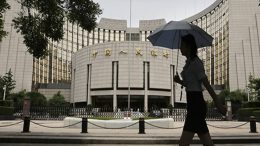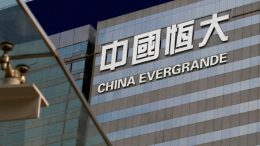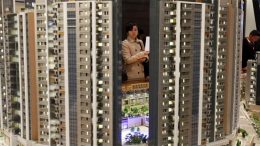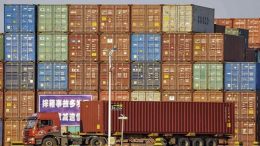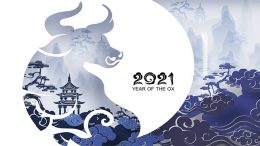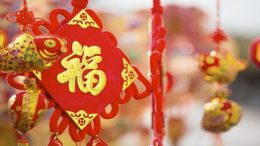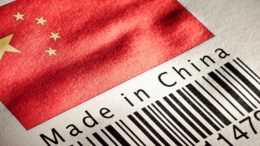China Continued To Deleverage Towards The End Of 2021 Thanks To The Corporate Sector But With An Increase In Government Debt
Alicia García Herrero (Natixis) | China’s debt-to-GDP ratio continued to decrease in Q4 2021 to 264.3% from 266.5% in Q3. Notwithstanding the deleverage path in 2021, the debt is still much higher than the pre-pandemic one (247.5% in Q4 2019). Chinese corporates contributed the most to the deleveraging process, as their debt to GDP ratio further dropped to 155.1% in Q4 2021 from 158.3% in Q3 2021. Because of the…

